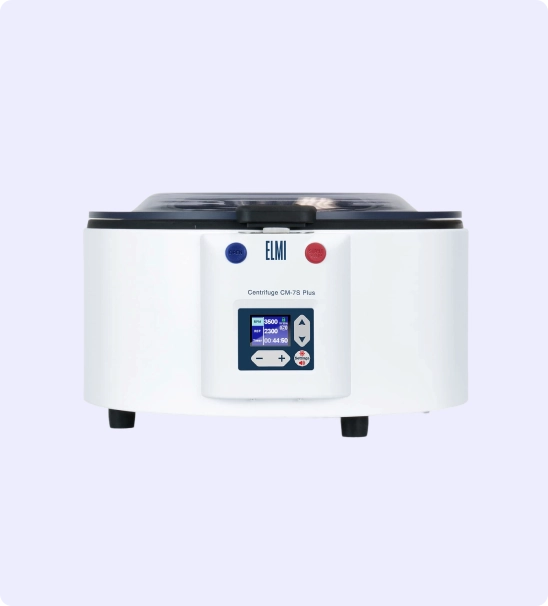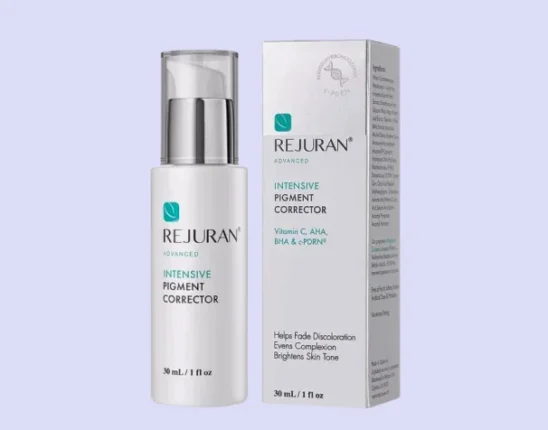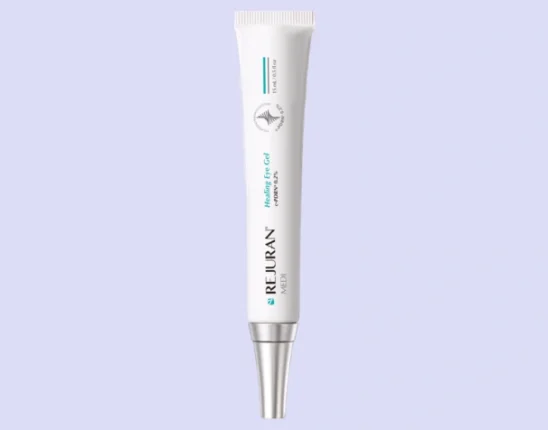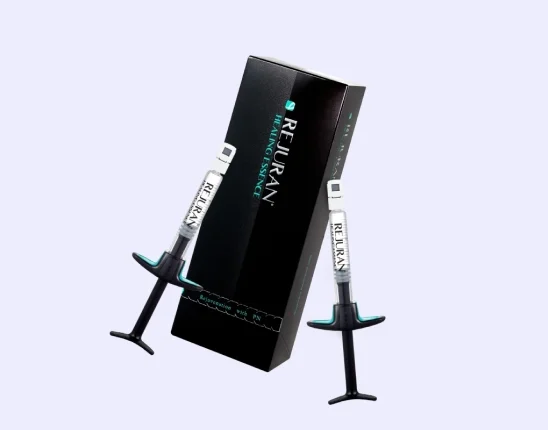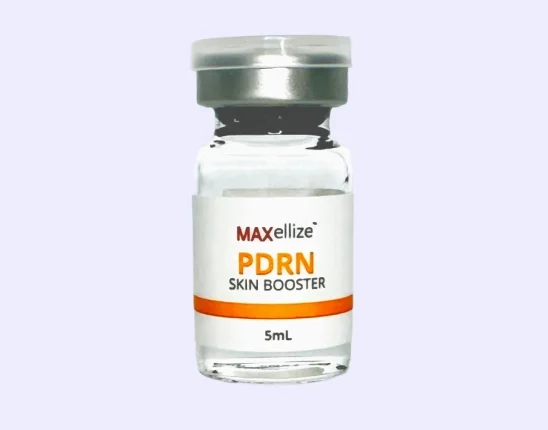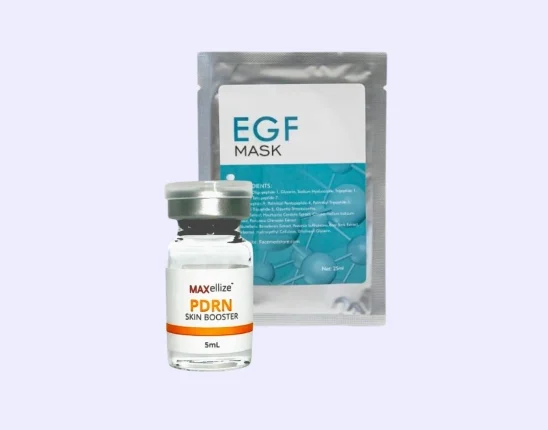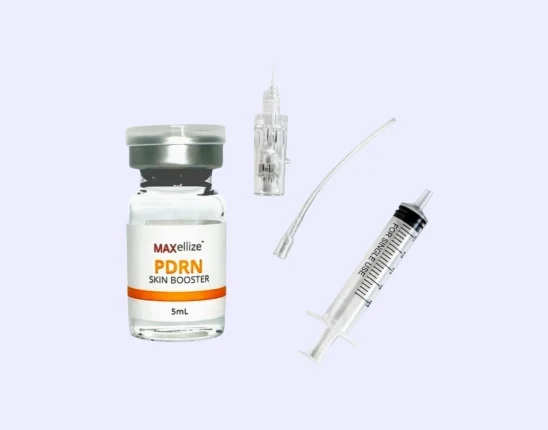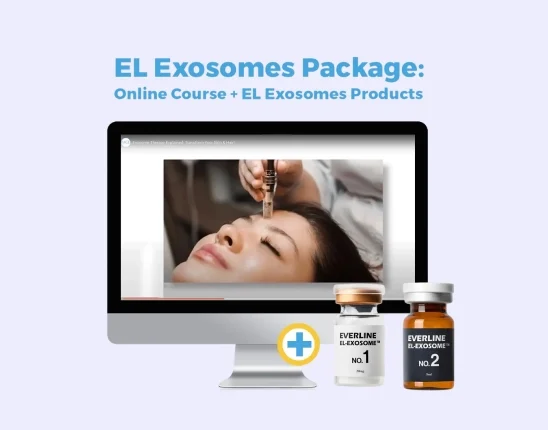One of the least invasive treatments for joint pain and sports injury is platelet rich plasma therapy. Unlike surgical procedures, PRP injections are given on an outpatient basis and require no downtime after the session. However, even if there’s no need to take a day off after PRP, patients still need to rest and limit doing strenuous activities that require the use of their treated joint or knee.
So how soon after PRP injections can you start walking again? PRP isn’t an invasive treatment so most patients can expect to be able to walk or move lightly within 24 to 48 hours after their procedure. However, they should refrain from running and other intense exercises that may put pressure on their treated joints. They may also be advised to use crutches to provide support and balance as they keep their weight off the affected area.
Can You Walk After PRP Injection Therapy?
Platelet rich plasma therapy is a popular form of regenerative medicine that’s been widely used by doctors for the treatment of various acute injuries, chronic pain, and musculoskeletal conditions. It utilizes the power of the platelets to boost the body’s natural healing process and stimulate the regeneration of damaged tissue.
This procedure is autologous, which means it will make use of blood extracted from the patient. During the PRP treatment session, a small amount of blood samples will be collected. It will be centrifuged to separate the platelets from the red blood cells and white blood cells. After the preparation, the PRP serum will be injected directly into the affected joint and it will release growth factors to start the soft tissue healing and repair process.
Most people can go home after receiving the injections but they can experience post-injection pain or flare-ups for the first few days. This discomfort can temporarily limit a person’s range of motion and mobility. Patients can immediately walk after resting for at least 24 to 48 hours however, they can still have some minimal pain as they move around.
Aftercare Reminders for PRP Therapy for Joint and Knee Pain
It’s very crucial to avoid putting too much stress or pressure on the treated joints and ligaments during the PRP recovery stage. For the first weeks after the injections, the platelets are working to regrow new tissue on the injection site.
Note that the more you move or apply weight on the treated site, the more likely it is that the platelets may spread to other areas and there may not be any improvement on the joint or ligament injury.
To ensure that you get the maximum healing benefits of PRP for knee pain or tendon injury, it’s important to allow your body to rest and recover from the treatment. Here are some of the best aftercare practices that you should follow after a platelet rich plasma injection:
1. Use walking support for at least 2 weeks after treatment
It’s recommended to use a walking aid such as crutches or a walker during your two-week recovery period from PRP injections. During this time, you may still have some pain and inflammation so it can be hard to maintain balance on the treated area without the help of a crutch. In some cases, you may not be able to move your knee or joint since the injured site may be covered with a compression wrap or brace.
Using crutches can help you walk and perform light tasks and activities. They can also provide balance and keep the weight off the injured joints or ligaments so you can have a smooth recovery.
2. Apply a cold or warm compress to the treated area
Aside from pain, swelling is one of the most common side effects of PRP and it can affect your movement for the first few days after injections. You may apply an ice pack to decrease the inflammation around the treated area. Cold therapy is beneficial for reducing blood flow which can minimize pain and swelling.
Alternatively, you can apply a hot compress to the treated site if you experience joint stiffness after PRP injections. Unlike cold therapy, heat usually increases blood circulation which is useful for improving stiff joints or tendons and minimizing muscle spasms.
3. Keep daily exercises and activities to a minimum
Aside from walking, patients are generally advised to avoid other strenuous activities after PRP injections. It’s ideal to let the treated joints rest for several weeks and limit doing any high-impact exercise or activity that may strain them.
Depending on how much your condition has improved, you may be able to do low-impact exercises such as light yoga, brisk walking, and stretching within 2 to 3 weeks from treatment. Moderate activities such as jogging, biking, and swimming can usually be done after about 4 to 6 weeks.
4. Start physical therapy after PRP treatment
You can get optimal results from PRP if you combine the injections with a physical therapy session. Normally, a visit to a physical therapist should be scheduled after 7 to 10 days from PRP treatment. This will help with regaining joint function, building strength, and restoring optimal mobility.
GET MEDICAL-GRADE BLOOD COLLECTION NEEDLES AT 20% OFF WITH CODE “20OFF” ON YOUR FIRST ORDER.
Stock up on blood collection needles and other medical and aesthetic supplies with FACE Med Store. Checkout today and get 20% off your order.
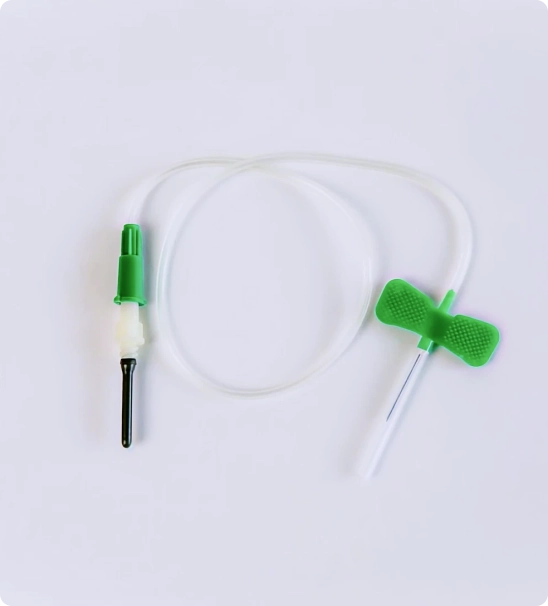
What’s the Average PRP Injection Recovery Time?
The recovery period is different among patients depending on the extent of their condition and symptoms. On average, people will need to rest for about 4 to 6 weeks before resuming all normal activities and exerting their full strength. Here’s a timeline on what to expect during the recovery from PRP injections:
2 Weeks After The Treatment
PRP will trigger an inflammatory phase that lasts for about 2 weeks post-treatment. This is a necessary stage in the healing process which leads to the regeneration of new tissues and cells in the affected joint or tendon. During this period, it’s important to avoid moving the treated area too much since this may affect the action of the platelets.
3 to 4 Weeks After The Treatment
The platelets should have settled in place and started the process of new collagen formation and tissue healing in the injured joint. During this period, patients should still limit their activities although they can already do light exercises such as walking and stretching.
6 Weeks and Onward
At this stage, patients can already start noticing initial pain relief and improvements in their symptoms. They can slowly return to their activities and begin doing moderate workouts. However, it’s still important to monitor your condition and take a rest if there is any lingering pain.
Other Important Dos and Don’ts After PRP Injections
Aside from limiting rigorous activities and exercises, there are other important reminders that patients need to follow after their PRP treatment. Here are some of the essential guidelines that can aid in recovery and ensure the best results from the injections:
- Avoid taking a blood thinner or anti-inflammatory medication for at least 6 weeks from the procedure. They may interfere with the healing process and reduce the effectiveness of the injections.
- Stop taking cortisone injections or steroid injections for at least 2 weeks after the treatment.
- Don’t consume caffeinated drinks or alcoholic beverages for at least 3 to 5 days.
- Drink lots of water to avoid dehydration since it can have a negative effect on the platelets and disrupt the healing stage.
- Eat a healthy and balanced diet consisting of nutrient-rich vegetables and fruits. During the recovery period, it’s also best to consume foods that reduce inflammation, such as nuts, kale, spinach, fatty fish, and tomatoes.
4 Benefits of PRP for Pain and Injury Recovery
Whether in physical rehabilitation or sports medicine, PRP is one of the best treatment options that can help restore peak condition and strengthen joint health. Here are the other reasons why PRP injections have become popular among doctors and patients:
1. Treats A Wide Variety of Musculoskeletal Conditions
Platelets can be injected into any part of the body that is injured or has severe pain. It’s widely used to treat common conditions such as chronic plantar fasciitis, knee osteoarthritis, rotator cuff tear, foot pain, Achilles tendonitis, tennis elbow, torn tendon injury, and fractures and muscle sprains.
2. Non-Surgical and Convenient Procedure
PRP is a minimally invasive treatment and it only requires a few injections to the damaged tissue. The high concentration of platelets in the injections helps boost the body’s natural healing response so patients can recover more quickly from their pain and injuries.
3. Long-Lasting Pain Relief
Patients can experience initial pain relief within a few days after the PRP injections. The full effects of the treatment are visible within 3 months and during that period, they can already experience improved joint function and better range of motion. They can enjoy a significant reduction in pain and improvement in symptoms for about 6 to 9 months.
4. All-Natural Treatment
PRP doesn’t contain any foreign substances or chemical elements so it’s a completely natural form of injectable. Since it comprises the patient’s own platelets, there’s zero risk that it will be rejected by the body. There’s also very little possibility of triggering an allergic reaction or other complications.
Buy Medical Supplies and Tools for PRP Therapy at FACE Med Store
With its non-invasive nature, PRP injections allow patients to recover from their injuries without a long downtime period. However, they should still give their bodies some time to rest and avoid straining their treated joints for the first few weeks from their treatment. Walking is a light activity that they can do within 48 hours after the procedure and it helps improve stiffness and their range of motion.
Medical practices offering PRP treatments should make sure to equip their staff with the best practices and equipment for the procedures. At FACE Med Store, we provide high-quality tools and supplies that your team will need to perform safe and effective PRP treatments. Call us today to inquire about our stocks and prices and learn more about how we can help your business.
